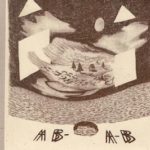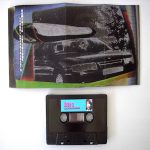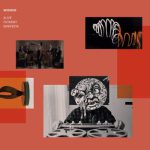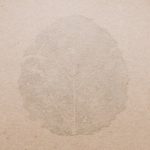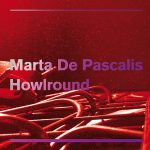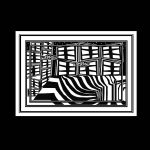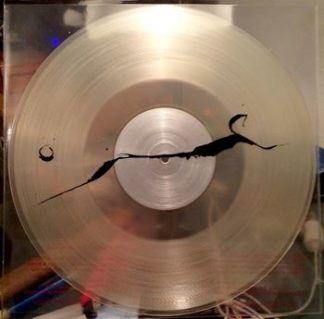Gaza
17,00 € VAT Included
Only 1 left in stock
“The two sides of this record are about a place like no other on this planet, a city and its surrounding environs living under extraordinary conditions, hermetically sealed from all sides, only accessible through complex procedures and permits, making it is almost as difficult to get in as it is to get out. Like a cross between the Warsaw ghetto and Manhattan as a giant maximum security prison in John Carpenter’s Escape From New York. Every couple of years the Gaza Strip gets its share of bombardments, and since the summer of 2014, its infrastructure has been pulverized almost to the point of no return. The disproportionate use of force and the asymmetric use of military technology on those already living under siege has created a field laboratory for the military industrial complex with the civilian population as its guinea pig.
GAZA is built around voices and field recordings that are used to express my subjective, emotional and personal involvement with this subject. The found source material is used to construct a chronology of the events, a bed on which are layered other musical components, including an array of oriental flutes from India and Morocco, and a medieval European rauschpfeiffe, all of which have been electronically processed to simulate the technologically-militarized atmosphere of the Middle East. The sounds of the Korg MS 20 noise filter helped intensify the feeling of hysteria ensuing from violent confrontation during a state of war. An electric wind instrument (EWI 4000s) provides the melodic components and the low frequencies that underline the narration on the second part of the piece.
Before I started assembling the material that was collaged together for this piece, I looked for inspiration in Gillo Pontecorvo’s Battle of Algiers as well as Jean Genet’s text Four Hours in Chatila, which included Genet’s graphic impressions of the carnage he witnessed the night after a massacre at a Palestinian refugee camp in Beyrouth. And I flipped through poster books of revolutionary propaganda from Asia, Africa, South America and the Middle East, mostly because the subjective nature of these works, using art to make a point and not the other way around.
During a segment called THE SHOOTING OF SALEM KHALEEL SHAMALY, you can hear Salem Khaleel himself crying just before he was shot by a sniper while desperately searching for his family in the rubble that remained after a bombardment. It seemed to be essential to give room to all the protagonists in this conflict for the purpose of creating a reflective mosaic of events.
After following all these events, and having close family ties to the region, I felt it was necessary to politicize my work in order to avoid total disillusionment and estrangement from circumstances that, I feel, are a dead end for humanity. My focus on this one subject is not meant to diminish other conflicts and human-made catastrophes in the world. Although this one just happens to take place in the birthplace of monotheistic Judéo-Christianisity, the cultural background of all western societies.” Ghazi Barakat



